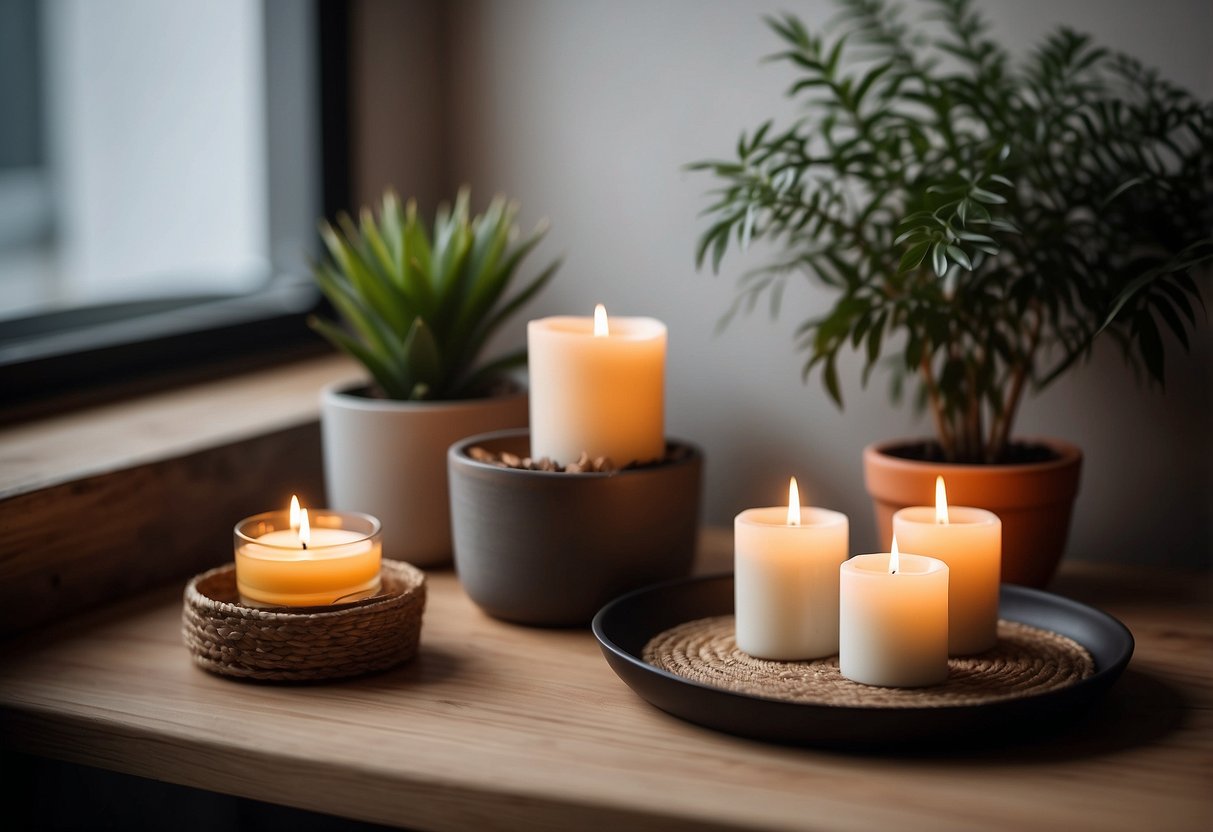Mindfulness and Meditation: Effective Home Techniques for Stress Relief
Creating a Home Meditation Space

Creating a home meditation space is essential for a calming and focused practice. Select a quiet area in your home where you won’t be disturbed. It doesn’t have to be a large space; a small corner can work well.
Consider natural light for your meditation area. If natural light is not available, soft, warm artificial lighting can create a serene atmosphere.
Incorporate comfortable seating that supports good posture. A cushion, mat, or chair can be suitable depending on your comfort and preference.
Add elements that enhance tranquility. Plants, candles, and gentle aromatherapy scents can help foster a peaceful environment.
Maintain a minimalist setup. Avoid clutter to keep the space serene and distraction-free. Cleanliness can make the space more inviting.
Personalize the space with meaningful objects. Photographs, artworks, or spiritual items can enhance the personal significance of your meditation area.
Ensure the temperature is comfortable. A space that is too hot or too cold can make it difficult to relax and focus.
By paying attention to these details, your meditation space can become a sanctuary for stress relief and mindfulness practice.
Overcoming Challenges in Practice
To effectively practice mindfulness and meditation, it is important to address common obstacles such as distractions and maintaining motivation. These challenges can prevent deeper engagement and consistency in practice.
Dealing with Distractions
Distractions occur frequently during meditation. Identifying the sources of these interruptions is the first step to minimizing their impact. They can be external, like noise and technology, or internal, such as wandering thoughts.
Creating a quiet environment and setting clear boundaries with household members can help. Informing family or roommates about meditation times ensures a supportive atmosphere.
Investing in noise-canceling headphones or soothing background music can also enhance concentration. Internally, practicing techniques like focusing on the breath or using a mantra can help redirect attention.
Staying Motivated
Maintaining motivation in a mindfulness practice can be challenging. Setting specific, realistic goals helps create a sense of progress. Using a meditation journal to track sessions and reflect on experiences provides tangible markers of improvement.
Joining a meditation group or community, even virtually, can offer support and camaraderie. Social connections often enhance commitment and provide encouragement during tougher periods.
Incorporating variety into the practice, such as trying different meditation styles, keeps the routine engaging. Apps and guided sessions can add structure and inspiration to the practice, helping sustain long-term commitment.



